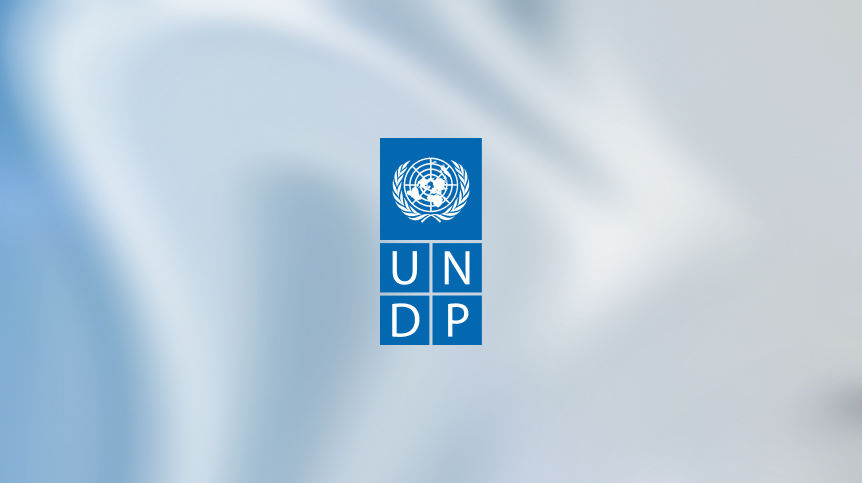
Impact of HIV and AIDS on the Indian Economy

While most studies focus on the impact of HIV and AIDS on affected households, this study goes a step further in analyzing the macro-economic and sectoral impacts of HIV and AIDS in India using the computable general equilibrium model, a model that includes various sectors in its ambit and provides a realistic estimate rather than an overestimate.
Introduction
The adverse economic impact of HIV and AIDS occurs at three levels: the individual/household, sector, and national or macro-levels. In the early phase of the epidemic, the impacts at the sector and macro-levels are rather mild and, hence, not easily measurable or quantifiable. So far in India, given the low overall prevalence, the focus has been on the effects at the level of the individual and the household.
Household Impact
The enlisted study, by Pradhan, Sundar and Singh (2006)1 also focuses on the impact of HIV and AIDS on affected households, which it finds to be seriously adverse, and, therefore, a matter of acute concern. At the same time, the study underplays the adverse economy-wide impact of AIDS. Given the current prevalence rate, the extrapolation of the household-level impact to the level of the state or the national economy does not reveal a large macro-economic impact. But, this is because the survey, on which the study is based, captures the snapshot of the economy at a given point of time, while the question of the macroeconomic impact of AIDS is essentially a dynamic one.
Macro-economic Impact
As the HIV epidemic unfolds, its impacts are bound to be deeply compounded. These impacts cannot be assessed in their totality by a mere extrapolation of the household level impact. Furthermore, in 2005, the number of HIV-infected persons exceeds 5 million, and this number is expected to quintuple to between 20 million and 25 million by 2010. With that kind of a jump in the number of HIV cases in the next 5-10 years, there is bound to be a visible impact on the national economy.
Urgent Need for Assessment
At present, little or nothing is known about the potential macro-economic impact of HIV and AIDS on the Indian economy. The rough-and-ready estimates of the macro-economic costs of AIDS that are available are of no help in guiding and accelerating the response of the Government of India to the potential threat to the economy imposed by this epidemic. A quantitative assessment of the macro-economic impact of AIDS on the Indian economy, therefore, needs to be undertaken urgently to assist the policy makers.
CGE Model
Keeping this in mind, the study analyzes the macro-economic and sectoral impacts of HIV and AIDS in India, using a five-sector computable general equilibrium (CGE) model. The CGE model is chosen because it includes various sectors and provides a realistic estimate rather than an overestimate.
SDGs, Targets, and Indicators
1. Which SDGs are addressed or connected to the issues highlighted in the article?
- SDG 3: Good Health and Well-being
- SDG 8: Decent Work and Economic Growth
- SDG 10: Reduced Inequalities
The article discusses the impact of HIV and AIDS on the economy and households in India. This is directly connected to SDG 3, which aims to ensure good health and well-being, including combating HIV/AIDS. The economic impact of HIV and AIDS is also relevant to SDG 8, which focuses on promoting sustained, inclusive, and sustainable economic growth. Additionally, the article mentions the adverse impact on affected households, highlighting the issue of inequality, which is addressed by SDG 10.
2. What specific targets under those SDGs can be identified based on the article’s content?
- Target 3.3: By 2030, end the epidemics of AIDS, tuberculosis, malaria, and neglected tropical diseases and combat hepatitis, water-borne diseases, and other communicable diseases.
- Target 8.5: By 2030, achieve full and productive employment and decent work for all women and men, including for young people and persons with disabilities, and equal pay for work of equal value.
- Target 10.3: Ensure equal opportunity and reduce inequalities of outcome, including by eliminating discriminatory laws, policies, and practices and promoting appropriate legislation, policies, and action in this regard.
Based on the article’s content, the specific targets that can be identified are related to ending the epidemic of AIDS (Target 3.3), promoting decent work and economic growth (Target 8.5), and reducing inequalities (Target 10.3).
3. Are there any indicators mentioned or implied in the article that can be used to measure progress towards the identified targets?
Yes, the article mentions indicators that can be used to measure progress towards the identified targets. These include:
- Prevalence rate of HIV and AIDS
- Number of HIV-infected persons
- Macro-economic impact of AIDS on the Indian economy
These indicators can be used to measure progress towards ending the epidemic of AIDS, promoting decent work and economic growth, and reducing inequalities.
SDGs, Targets, and Indicators
| SDGs | Targets | Indicators |
|---|---|---|
| SDG 3: Good Health and Well-being | Target 3.3: By 2030, end the epidemics of AIDS, tuberculosis, malaria, and neglected tropical diseases and combat hepatitis, water-borne diseases, and other communicable diseases. | – Prevalence rate of HIV and AIDS – Number of HIV-infected persons |
| SDG 8: Decent Work and Economic Growth | Target 8.5: By 2030, achieve full and productive employment and decent work for all women and men, including for young people and persons with disabilities, and equal pay for work of equal value. | – Macro-economic impact of AIDS on the Indian economy |
| SDG 10: Reduced Inequalities | Target 10.3: Ensure equal opportunity and reduce inequalities of outcome, including by eliminating discriminatory laws, policies, and practices and promoting appropriate legislation, policies, and action in this regard. | – Macro-economic impact of AIDS on the Indian economy |
Behold! This splendid article springs forth from the wellspring of knowledge, shaped by a wondrous proprietary AI technology that delved into a vast ocean of data, illuminating the path towards the Sustainable Development Goals. Remember that all rights are reserved by SDG Investors LLC, empowering us to champion progress together.
Source: undp.org

Join us, as fellow seekers of change, on a transformative journey at https://sdgtalks.ai/welcome, where you can become a member and actively contribute to shaping a brighter future.






